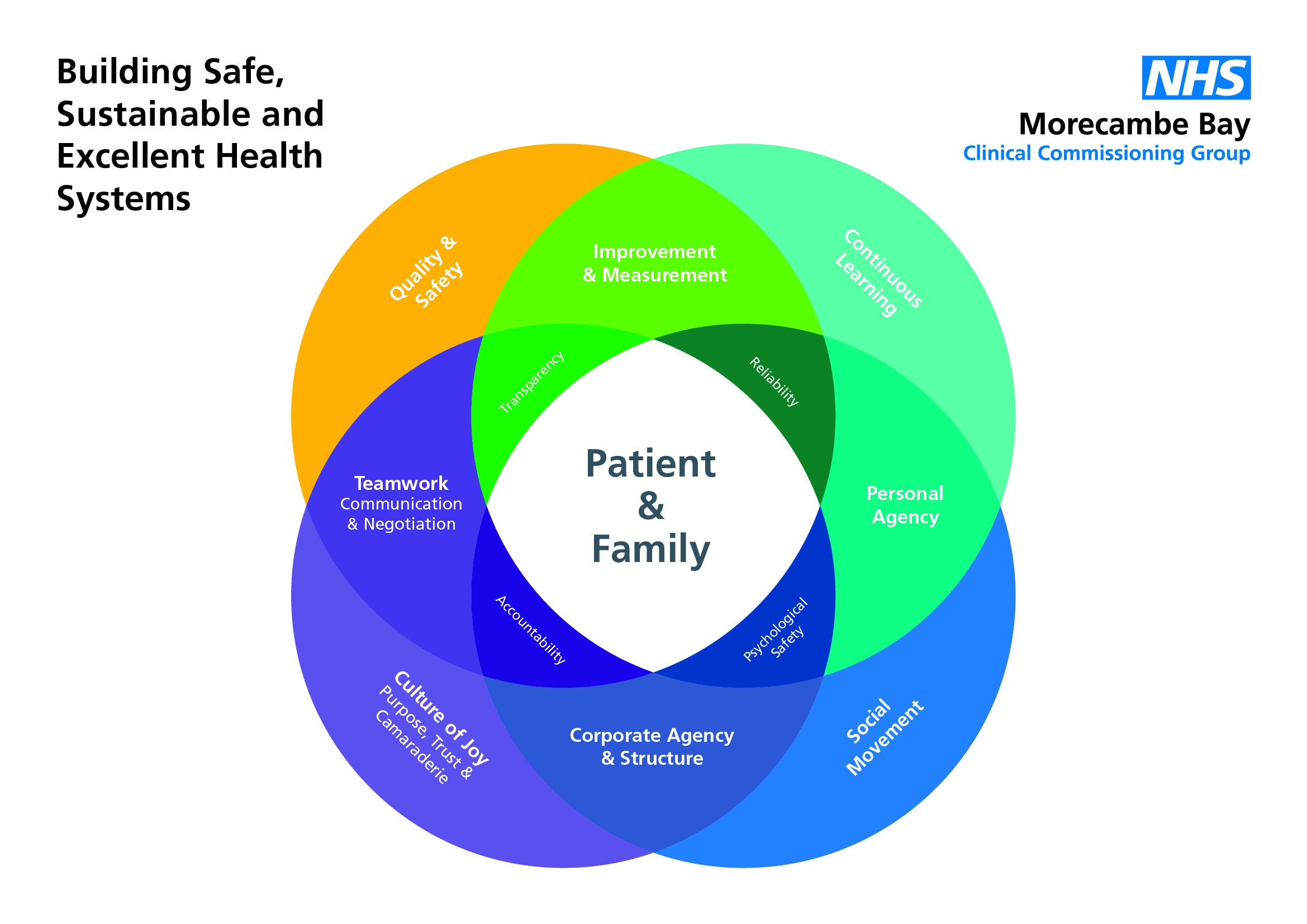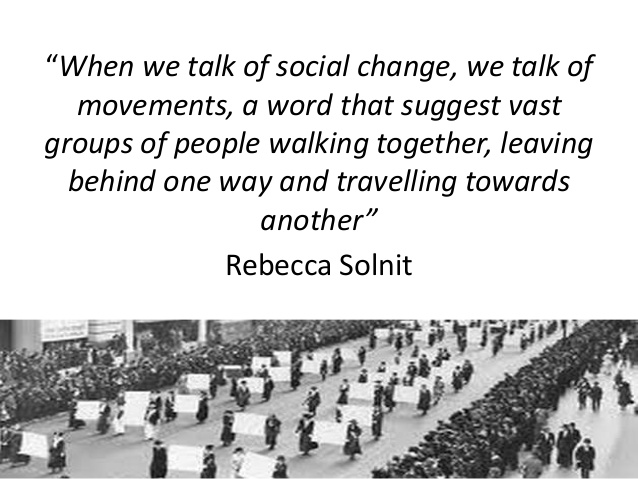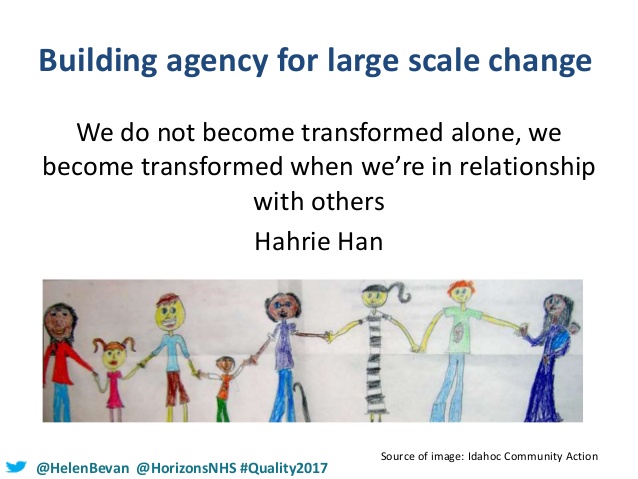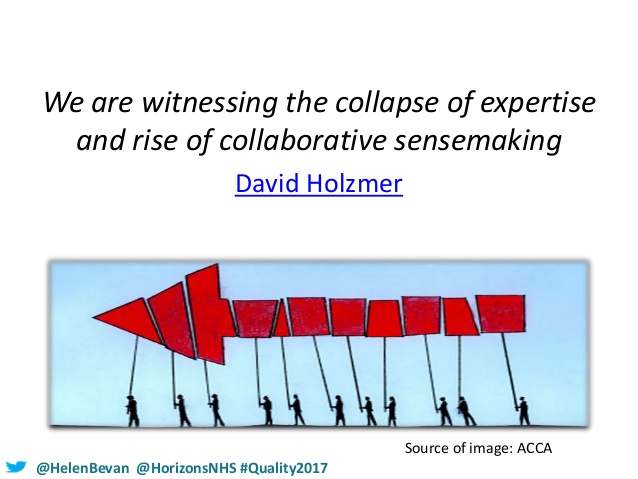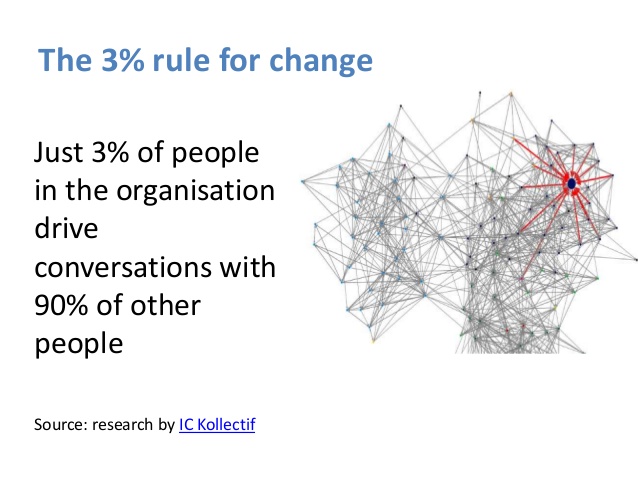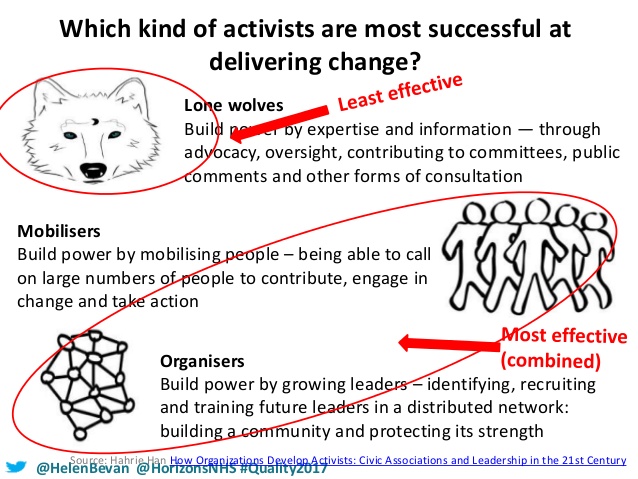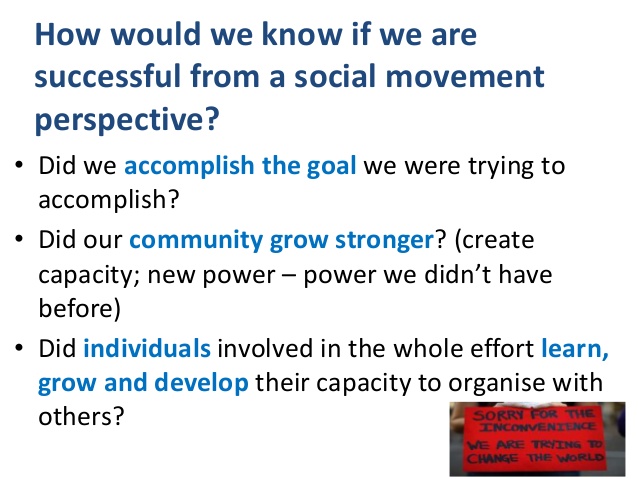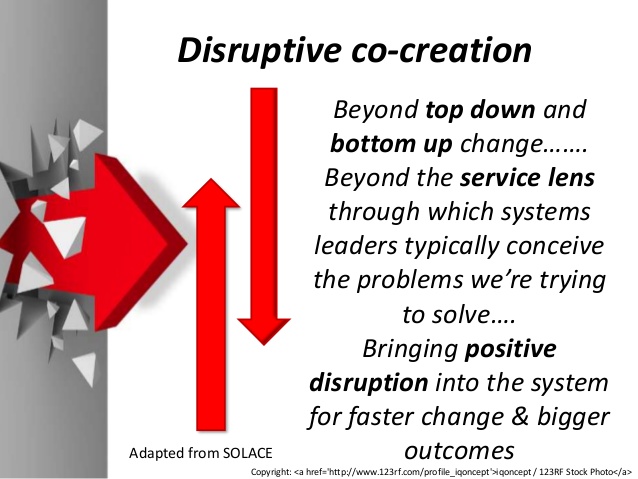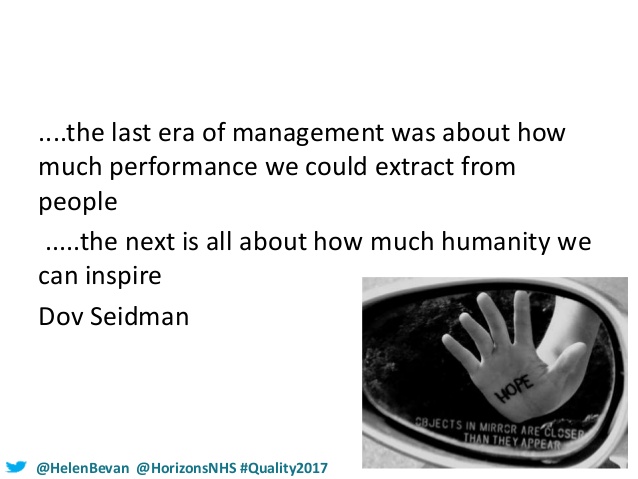 The other week, I was phoned by a BBC producer to ask if I would take part in a discussion on the Victoria Derbyshire show about how we can build healthy towns. It’s partly due to the work we’re doing here in Morecambe Bay with our communities around being more healthy and well, especially working with schools. Unfortunately, I was away on holiday and missed the call and so didn’t get on the show! But it did get me old grey cells thinking about this whole idea. Here at Lancaster University, we have the Health Innovation Campus, which is helping to design a new ‘healthy town’ in Lancashire. The “Imagination Team” are also hosting a conference this week called “Does Design Care?” But what do we mean by a healthy town and what ingredients might we need to see in our cities in order to say that they are, or are becoming “healthy”?
The other week, I was phoned by a BBC producer to ask if I would take part in a discussion on the Victoria Derbyshire show about how we can build healthy towns. It’s partly due to the work we’re doing here in Morecambe Bay with our communities around being more healthy and well, especially working with schools. Unfortunately, I was away on holiday and missed the call and so didn’t get on the show! But it did get me old grey cells thinking about this whole idea. Here at Lancaster University, we have the Health Innovation Campus, which is helping to design a new ‘healthy town’ in Lancashire. The “Imagination Team” are also hosting a conference this week called “Does Design Care?” But what do we mean by a healthy town and what ingredients might we need to see in our cities in order to say that they are, or are becoming “healthy”?
 We must get beyond thinking that a healthy town is simply one where there is clean air to breathe and everyone is out jogging, smiling at each other and eating quinoa salads for lunch – it’s all a bit middle class! I would like to make some fairly radical suggestions of what it might mean for a town to be truly healthy, especially having been so inspired by the amazing ‘Doughnut Economics’ by Kate Raworth. I think if we don’t have a vision for what we want our future towns, cities and regions to be like in 50 years, we will not build them! I am often told that you cannot eat an elephant in one go, and we must focus on the small things we can do – eating it one bit at a time – true enough, but we need to hold both things in tension. We need a vision big enough to inspire us to change and then we need to pick up the knives and forks and begin the process of eating it!
We must get beyond thinking that a healthy town is simply one where there is clean air to breathe and everyone is out jogging, smiling at each other and eating quinoa salads for lunch – it’s all a bit middle class! I would like to make some fairly radical suggestions of what it might mean for a town to be truly healthy, especially having been so inspired by the amazing ‘Doughnut Economics’ by Kate Raworth. I think if we don’t have a vision for what we want our future towns, cities and regions to be like in 50 years, we will not build them! I am often told that you cannot eat an elephant in one go, and we must focus on the small things we can do – eating it one bit at a time – true enough, but we need to hold both things in tension. We need a vision big enough to inspire us to change and then we need to pick up the knives and forks and begin the process of eating it!
So, what might healthy towns of the future be like?
In healthy towns:
There are no homeless, not because of social cleansing, but because everyone has a home in which to live.
Design cares enough to ensure that spaces are built which encourage communities to spend time with each other, connecting and collaborating, breaking down isolation and loneliness and facilitating new political space.
There is a creative commons, with plenty of space that belongs to all.
The economy of the town/region is designed to ensure that resources (including land) are redistributed, breaking cycles of poverty and enabling all to flourish. This increases the happiness and health of all and allows a society in which the wellbeing of all matters to all.
The economy of the town/region is designed to ensure regeneration, thus taking care of the environment for future generations. Towns like this will not only be carbon neutral, they will in fact, as Kate Raworth says, become generous in their approach to humanity, other towns and the planet itself.
Children will be nurtured, as part of communities, not as fodder for the economic machine, educated as socially adaptable human beings, understanding their place within the ecosystem of which they are a part.
There will be a culture of positive peace, made possible through non-violence, in which architecture is used to enable communities to live well in the midst of and celebrate difference. Facilitation and mediation will be normative practices when relationships become strained or difficult and the lust for competition and war will be quelled.
There will be a culture of love, in which all are welcome and accepted for who they are. This does not encourage selfishness, nor does it mean that there is no challenge. In fact, love, at its best, is self-giving and others-empowering (Thomas Jay Oord).
There will be a culture of kindness, displayed through humility and respect.
There will be a culture of joy in which people know that they belong and are trusted.
Justice will be restorative, rather than retributive, something which does not negate the need for discipline, but hopes for a better future through grace.
Refugees are welcomed, cared for and also allowed to flourish.
Equality and diversity is celebrated as a norm.
Farming practices are kind to the land.
Business is changing it’s goal, becoming agnostic about growth, but obsessed with how it plays it’s part in improving the wellbeing of all through regeneration, redistribution, repair, reuse, refurbishment, recycling and restoration.
People are valued in their work place and the workplace is a healthy place to be in.
Physical activity and healthy eating are a normal part of every day life. (Thought I’d better add that one in!).
Wherever possible, people die well, surrounded by community who love them.
Wouldn’t you love to live in a happy, healthy, wholesome town?! It’s not beyond our grasp. We simply need to adapt the ones we have and build the ones we want! Building together a future that is good for all. Which bit shall we eat first?!

